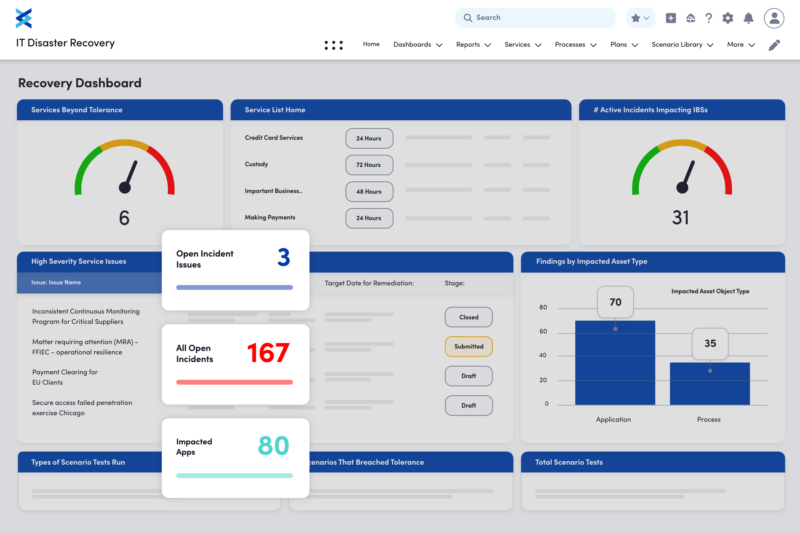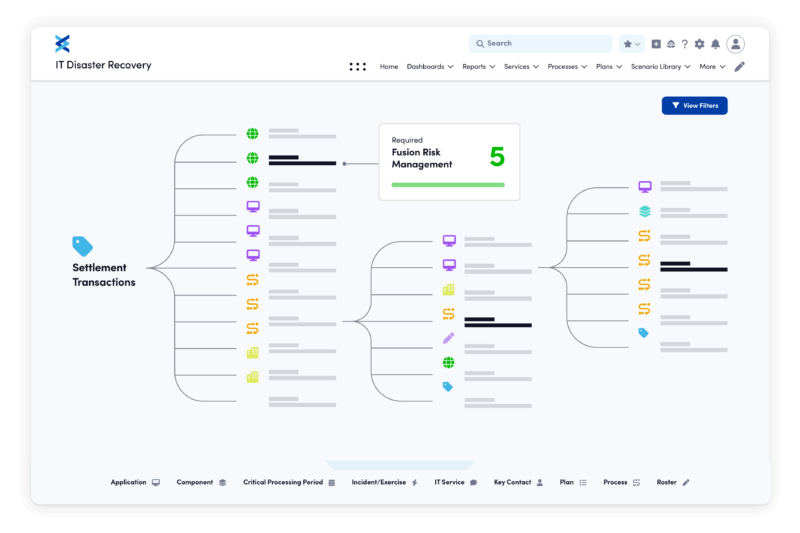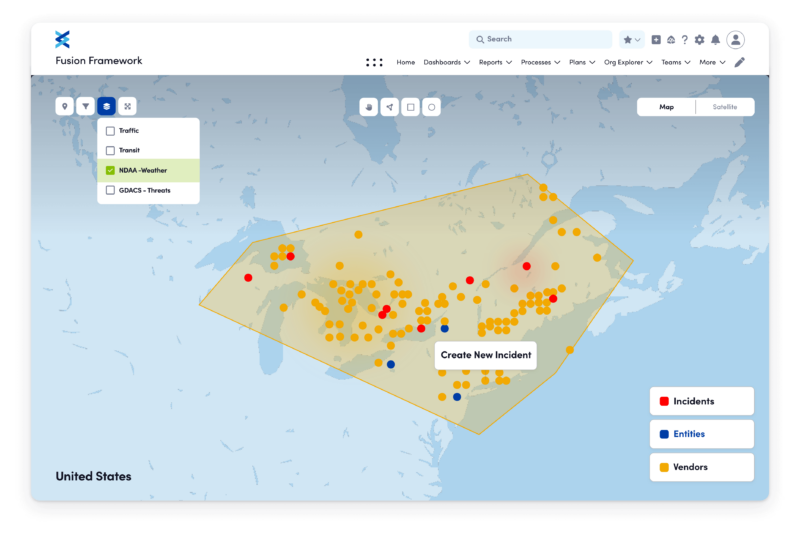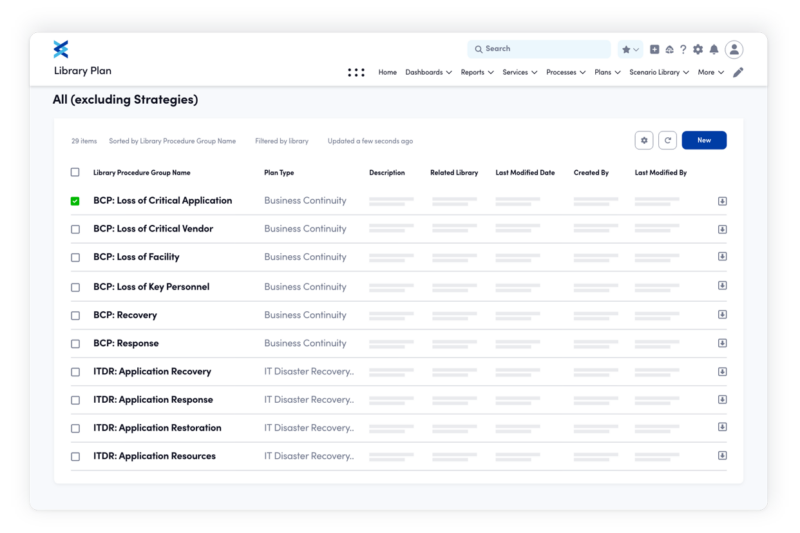Where To Start with IT Disaster Recovery Exercises and Simulations
Simulating IT disasters is an effective way to test your current recovery plans and troubleshoot for the future. Learn more.
Read More
Disaster recovery (DR) is an organization’s method of regaining access and functionality to its IT infrastructure after a disruptive event.

Choose the right test for your objectives—a tabletop exercise, a data simulation, a full interruption test, or a parallel test (which lets you avoid disruption). Make detailed plans and communicate them to key stakeholders if appropriate. You’ll need to identify and include all the right people to represent each critical department in your testing and verify that all your communication plans are effective in demonstrating your readiness and the program’s efficacy. Be sure to log every step of your testing so you can review and learn from it—and commit to testing regularly.

Your runbook should begin by clearly explaining its purpose and scope. It should spell out everyone’s roles and responsibilities and the details of every system, including criticality, dependencies, and recovery time objective (RTO) and recovery point objective (RPO) targets. Core technologies and personnel crucial to recovery need to be listed. This includes access methods, backup information, and any qualifying credentials. Your recovery procedures need to be included, of course, along with failover and failback instructions and your communication protocol. A well-organized appendix can help users access contacts, visualizations, and resources.

Auditors want to see proof of your readiness, so you’ll want to be prepared to share details of your disaster recovery (DR) plan, business impact analyses, and risk assessments. Your DR playbook should be ready to share externally, along with test plans and logs. Be ready to present information about all third parties and service-level agreements (SLAs), as well as your plans for third-party DR. Keep all your documentation of backups and restorations, as well as all your DR policies and proof of up-to-date training.

A purpose-built software solution can provide automation that improves the efficiency, accuracy, and optimization of your disaster recovery (DR) testing. Ideally, you want to be alerted to any gaps in your system and get help addressing them. Automation can assist you with regular testing and simulations for any scenario, at scale, as well as facilitate logging any failure or recovery—staged or real. If you don’t opt for a purpose-built platform, you can create scripts, monitoring tools, and orchestration tools to achieve the benefits of automation.
Simulating IT disasters is an effective way to test your current recovery plans and troubleshoot for the future. Learn more.
Read More
Discover how Fusion’s disaster recovery solutions can transform your overall IT disaster recovery strategy, making your organization better prepared and better able to maintain your customers’ trust